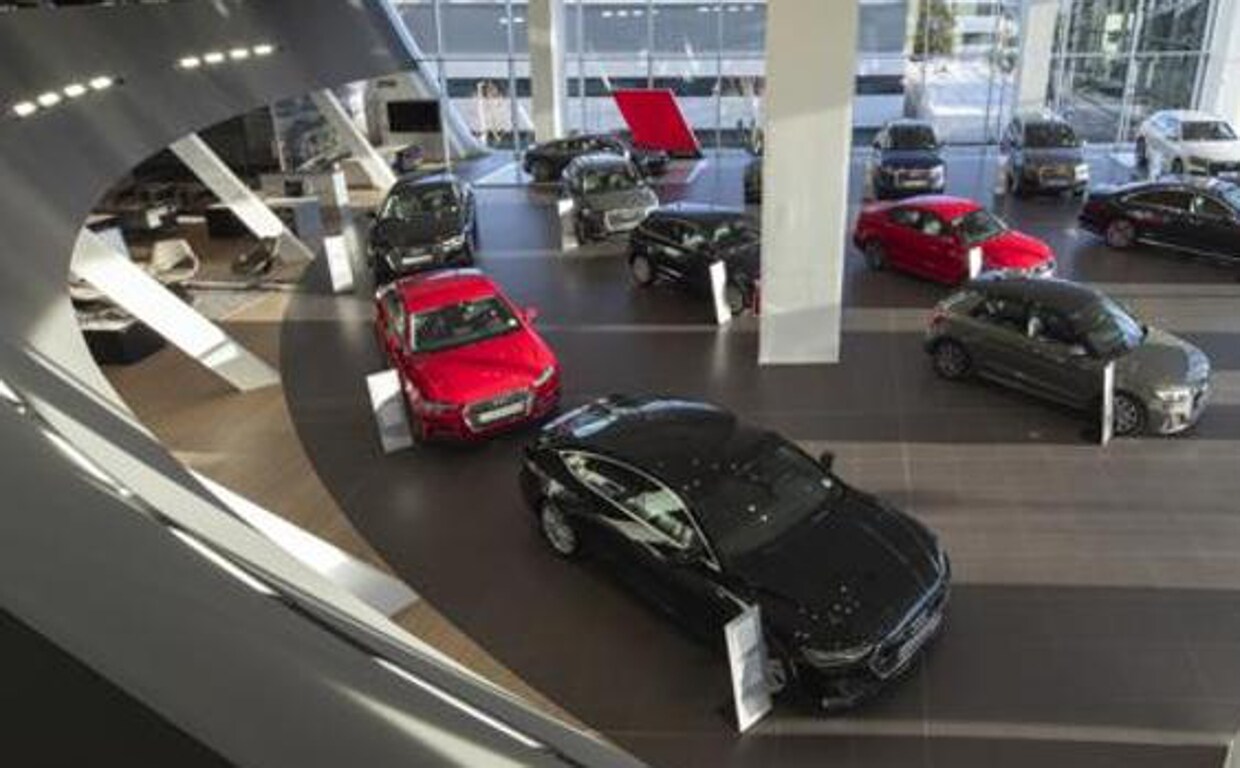With a growth of only 0.4 point, it occupies the last positions together with Hungary and the Czech Republic
The development of electromobility continues in Spain
at a very slow pace. During the third quarter of the year, the global electromobility indicator (which assesses the penetration of electrified vehicles and the installation of public charging infrastructures) recorded growth of a measly 0.4 points, with an overall rating of 14.6 points.
In this way, Spain remains in the last positions of the European countries and only surpasses it
Hungary and the Czech Republicbut further and further away from the average across Europe, which, with a growth of 1.1 points, achieves an average rating of 30.3 out of 100.
At the other extreme are Germany and France, with growth of 1.3 points and 1.7 points respectively.
In the first three quarters of the year, Spain registered a total of 55,472 electrified passenger cars, reaching only 46.2% of the target of 120,000 units needed by 2022 to meet required emission reduction targets.
To reach this milestone, 90,000 electrified units would need to be registered by September, according to Anfac Manufacturers Association analysis.
The development of public charging infrastructures continues the pace of recent quarters, reflecting slow progress. In the third quarter,
the charging infrastructure indicator it achieves a rating of 6.2 points out of 100, representing a growth of 6 tenths. For its part, the European average stands at 12.1 points out of 100, with an increase of 1.2 points in the last quarter, assuming twice the value of the national average.
The public charging infrastructure increased by 793 points in the third quarter of 2022 to 16,565 public charging points. This evolution is below the increase recorded in the second quarter.
With the total number registered in the third quarter, Spain will fall short of the target of 45,000 charging points planned for this year. Although the total number of public charging points has increased,
there are a significant number of points which, because they do not work or are not publicly accessible, have been removed when updating this report. For this reason, Anfac believes that it is urgent to have “accurate information at the start-up of the National Access Point, as provided for in the Law on Climate Change and Energy Transition and that it should be operational since May 2022” .
Of the 793 newly installed charging points, 418 correspond to a capacity of up to 22 kW.
The national network of charging points It continues to charge slowly for the most part, making up 81% of the total. In the past quarter, 307 new charging points above 50 kW were installed, linked to fast charging with times of less than 40 minutes. But 89% of these high-powered hotspots are automaker projects.
Spain is also poorly positioned in the ranking of electrified vehicles with 23.9 points, while the average for the
European Union is set at 51.3 points.
Source: La Verdad
I am Ida Scott, a journalist and content author with a passion for uncovering the truth. I have been writing professionally for Today Times Live since 2020 and specialize in political news. My career began when I was just 17; I had already developed a knack for research and an eye for detail which made me stand out from my peers.



